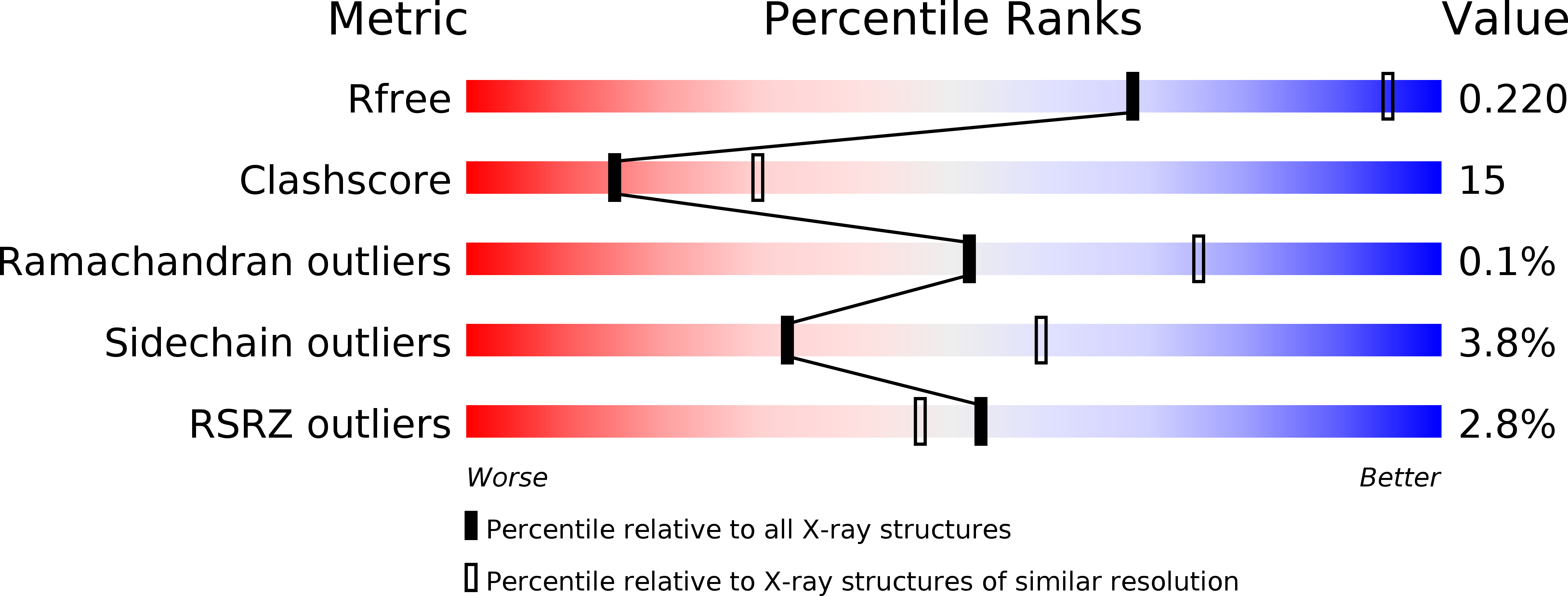
Deposition Date
2018-04-24
Release Date
2019-06-26
Last Version Date
2023-10-04
Entry Detail
PDB ID:
6D7K
Keywords:
Title:
Complex structure of Methane monooxygenase hydroxylase in complex with inhibitory subunit
Biological Source:
Source Organism:
Methylosinus sporium (Taxon ID: 428)
Host Organism:
Method Details:
Experimental Method:
Resolution:
2.60 Å
R-Value Free:
0.22
R-Value Work:
0.17
R-Value Observed:
0.17
Space Group:
C 1 2 1


